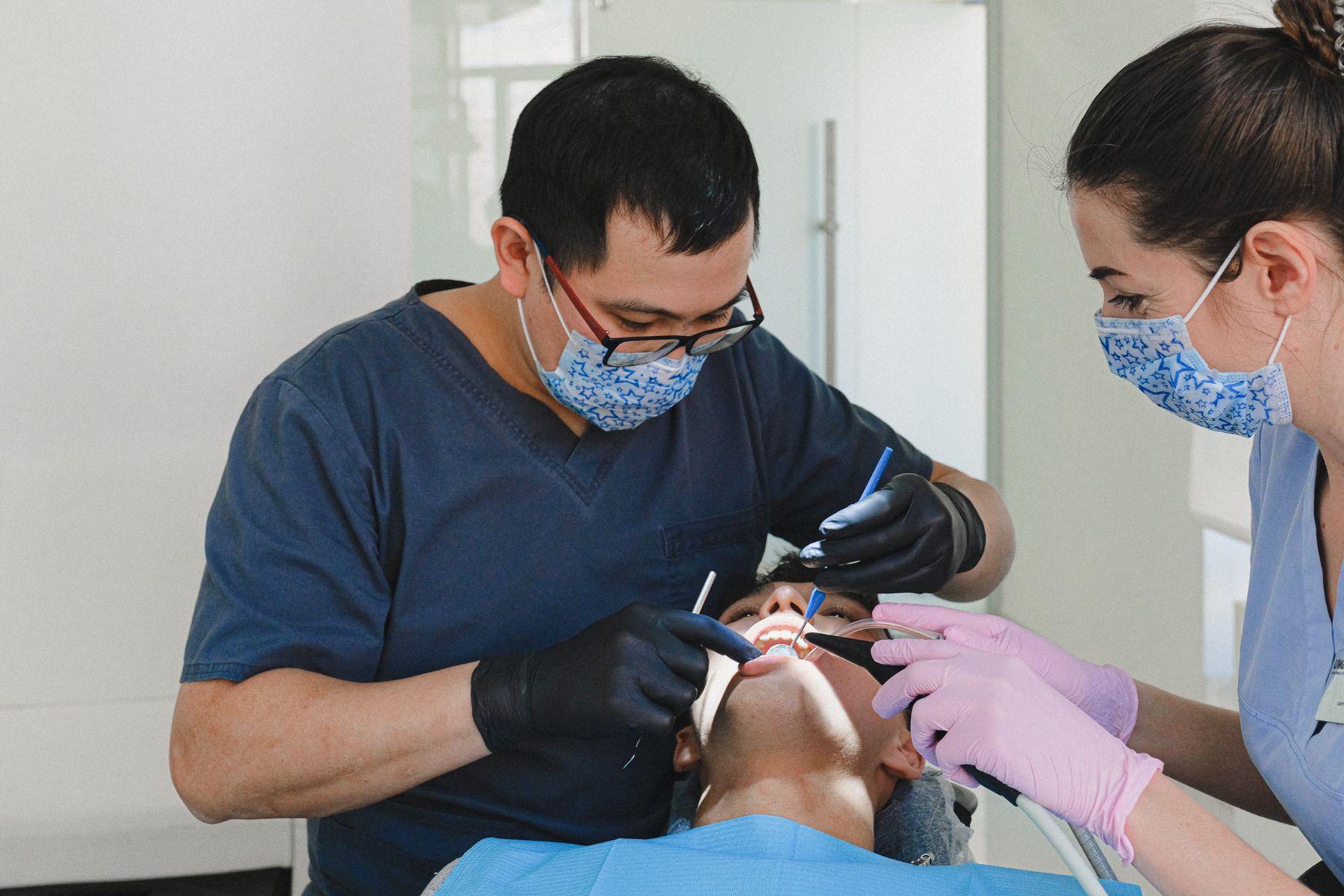If you’ve been told you need a root canal, you may be feeling a bit nervous. But don’t worry, root canal treatment is a routine dental procedure that can relieve certain types of dental pain and help your teeth last longer.
As you learn more about this beneficial procedure, you’ll understand why it’s necessary and how it will leave you much better than you were.
Below are some answers to frequently asked questions.
What is a root canal?
Dentists use the term “root canal” when referring to the small, narrow canals that branch from a space in the center of the tooth (called the pulp chamber) down to the ends of the tooth’s roots. “Root canal treatment” is the procedure used to save the tooth if the soft tissue in the center (called the pulp) becomes acutely inflamed or infected.
Why do I need a root canal?
If the pulp of the tooth becomes acutely inflamed or infected—due to injury or decay, for example—the tissue will need to be removed in order to save the tooth and prevent further spread of infection. Adults don’t really need the pulp; its main use is to aid in the development of teeth during childhood.
Is there an alternative?
Your entire tooth could be removed, but it’s always best to try to save it, especially since root canal treatment is a common procedure and has a high success rate (over 90%). Saving the tooth can prevent other problems from occurring in the future. These include bite problems due to shifting of the teeth, difficulty eating, and loss of density and volume of the jaws.
Is root canal treatment painful?
Generally, the procedure causes the same discomfort as a filling. Root canal treatment gets a bad rap, but it’s not deserved. In this case, it is the disease that is to blame, not the cure. In other words, the infections that make the treatment necessary are often painful because they inflame tissue that has many nerves and is therefore very sensitive. Root canal treatment relieves this pain!
What happens during the procedure?
After the area is numbed, a small hole is made in the tooth to access the pulp chamber and canals. Diseased tissue is removed, and the pulp chamber and canals are thoroughly disinfected to the root ends. The teeth in the front of the mouth have a single root and usually a single canal; posterior teeth have two or three roots and usually three or four canals.
These canals and the pulp chamber are filled with an inert biocompatible material and sealed with adhesive cement.
The access hole receives a temporary filling.
What happens next?
Your tooth will likely be sensitive for a few days, but any discomfort can usually be relieved with over-the-counter pain relievers or anti-inflammatories such as ibuprofen. It will be explained to you that you should avoid chewing on that tooth until the permanent filling is placed, which can be done in a few days.
Depending on how damaged the tooth originally was, you may or may not need a full crown. The dentist will discuss those options with you.
How can I avoid having to have a root canal in the future?
Brush and floss every day to keep your teeth free of cavities. Eat a healthy diet low in sugars and avoid acidic drinks, such as sodas. Attend your cleanings and periodic reviews. If you play sports, consider purchasing a custom-made mouth guard to protect your teeth from possible injury.




